When Party Affiliation Wins Out Over Issue Position in the Political Tug-of-War
In the much-loved Harry Potter books, it is the Sorting Hat that assigns new students into one of the four houses that make up the school known as Hogwarts. Placements were aligned with the house climate that best matched a student's characteristics and abilities, as determined by the Sorting Hat. For example, the protagonist Harry Potter was placed into Gryffindor, a house where students were known for their bravery and courage. In contrast, the villainous character of Draco Malfoy was assigned to Slytherin, a house where cunning and ambition prevailed.
Of course, Harry Potter books are whimsical fiction and there is no such thing as a “Sorting Hat.” But there may be something that accomplishes the same thing in the form of the two-party political system that exists in the United States. Since the 1990s, political scientists have observed an interesting phenomenon where average Americans engage in “political sorting,” a process by which they adopt right leaning conservative or left leaning liberal views depending on whether they identify as a Republican or Democrat. Instead of switching party affiliation to match their position on issues, people are more likely to switch their issue positions to match their party affiliation. David Houston, assistant professor and academic program coordinator of the Education Policy Program within the School of Education at George Mason University, recently discussed how this partisanship trend has affected K-12 education policy in the U.S.
Traditionally K-12 education policy remained non-partisan.
For many years, education policy impacting K-12 schools remained non-partisan. Throughout the decades spanning the 1960s to the 2010s, every major piece of federal K-12 education legislation was passed with broad support from both Democrats and Republicans. Public opinion on most K-12 education issues did not reflect any major partisan differences in Americans. It is true that in the past, this country has seen fierce debates over issues such as prayer in school and desegregation. But those were not partisan disagreements. Rather, they were driven by religious and racial beliefs.
Widening partisan gaps could give rise to a public education system that mirrors the majority party in power within a state or community.
Now, however, the current political climate has created sharp divisions in public opinion along party lines on issues such as school spending, teacher salaries, teachers’ unions, school choice, and gender, among others. The increase in partisanship and widening of partisan gaps in the American public is likely to influence public education at the state and local levels where it is more common for one party to constitute a large majority. Policy experts suggest this could give rise to two visions of a public education system—one that exists for “red” states and communities, and another that takes hold in “blue” states and communities.
More education policy decisions are being made at the state and federal levels.
Traditionally, K-12 education policy has been made at the local level by school boards where members have no party affiliation. However, much of today’s decision-making on education policy, especially when it comes to contentious issues, is made at the state and federal levels where political differences and polarization have increased among party members. Some observers say that providing the states and the federal government with more control over education policy is a good thing because of the many inconsistencies and differences in resources that exist in school districts across the nation. Others, however, advocate that education policy should remain under local school board control where parents can exert greater influence over decisions affecting their children. Amid this debate, one thing remains clear—the growing partisan divide taking hold in America is certain to have a significant impact on education policy in both the short and long-term.
To learn more about degree offerings in the Education Policy Program within the School of Education and the Schar School of Policy and Government at George Mason University, please visit the program websites.
